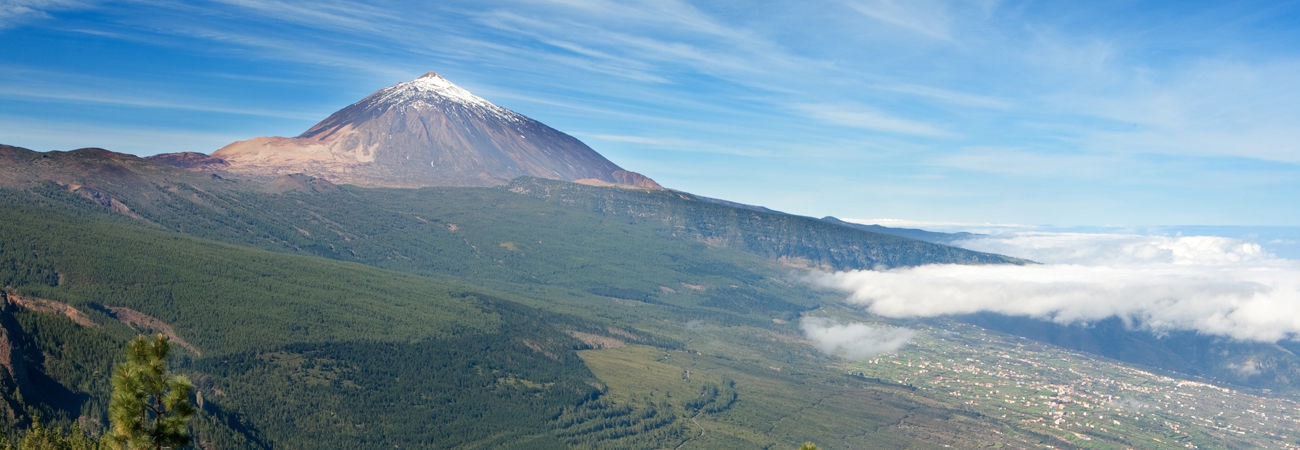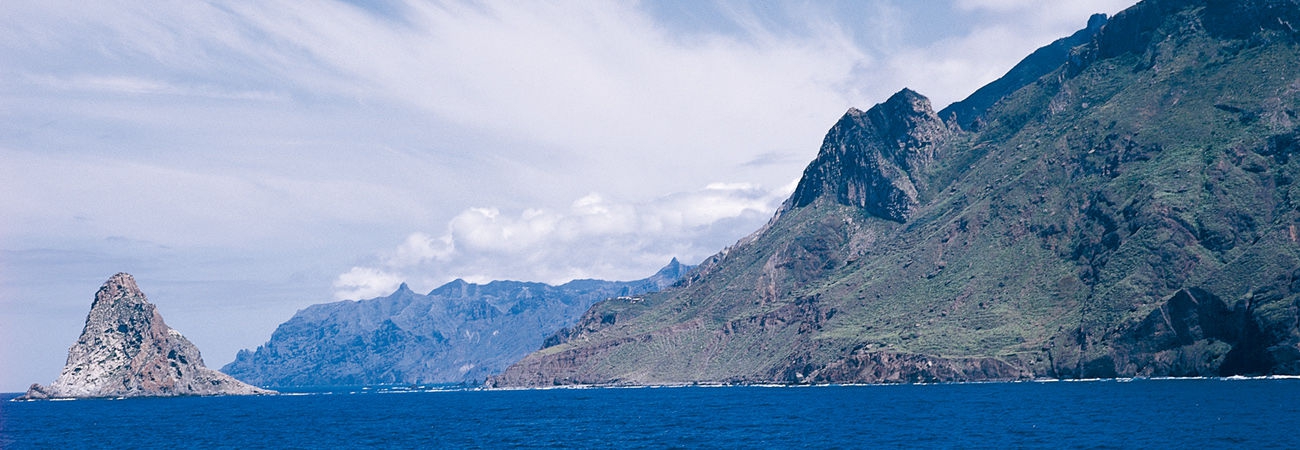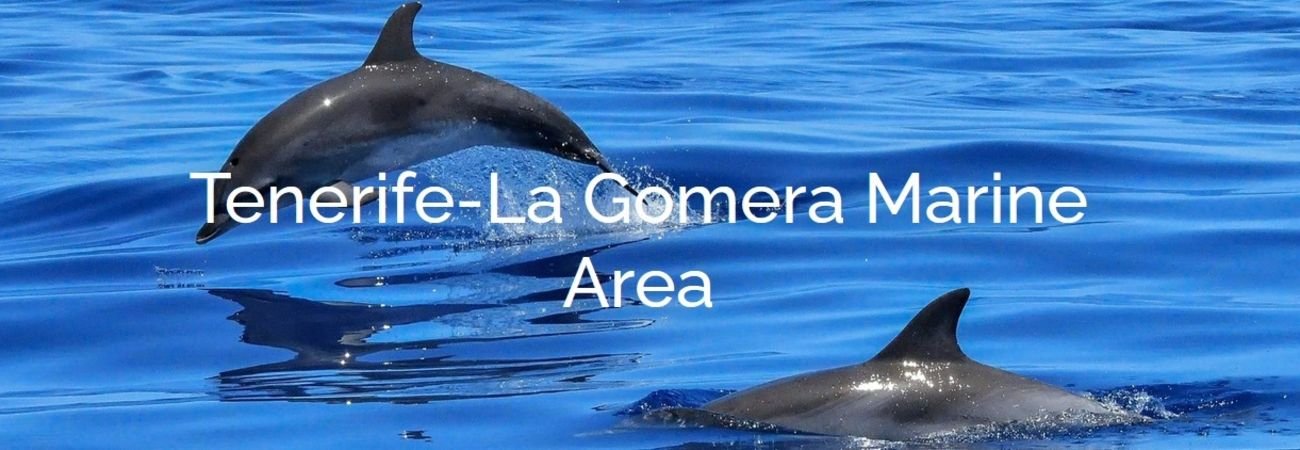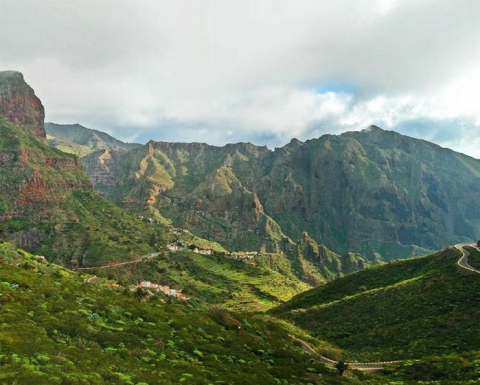Teno Rural Park
Teno Rural Park
The Population
The population of the Teno Rural Park lives in small hamlets, earning a living from farming and livestock, basically for their own consumption and working part time. The park includes five population centres: Los Carrizales, Masca, El Palmar, Las Portelas and Teno Alto, with a total population of 1500 inhabitants. The park covers an area of 8063.6 hectares.
The outstanding agricultural landscape of this area is witness to the importance of these activities, especially farming, for the local economy in the past. There is country cottage type accommodation in the Teno Park, and it also has a mountain refuge, the Bolico Hostel, close to Las Portelas. The Park also has its own Management Offices.
Flora
The altitude and orientation give Teno a wide variety of biological diversity, making it an important refuge for some endangered species, like the laurel pigeons and the endemic lizards. The laurel forest formation covers the slopes that are exposed to the Trade Winds, with a magnificent representation of tree heath, southern olive, Canary Island holly and Canary Island strawberry tree in Monte del Agua.
On the southern slopes of the Park, the flora includes spurges and brooms and other typical species of the transition zone, whereas the northern-facing slopes show the remains of thermophilic forests, especially palms, dragon trees and St. John´s Wort. Finally, the largest and best conserved communities of spurges and cactus spurges are to be found in Punta de Teno with spectacular specimens and abundant numbers.
Natural features
Teno is an old volcanic massif that has been sculpted by erosion into the current landscape, forming high coastal cliffs and exposing a large number of dykes and tors. The last volcanic eruptions sent their lava flows along ancient valleys and fossilised cliffs before fanning out when they reached the coast, forming islands like Buenavista and Teno Bajo.
The current landscape of Teno is characterized by its fertile valleys, like El Palmar, and its deep ravines, which, like the Masca Ravine, usually run down to the coast, ending in small coves or beaches. The most representative of the Teno coast however, are the imposing cliffs, like Los Gigantes, which can stand over 500 m high, and the low-lying islands and banks of accumulated alluvial material that cover them.
Heritage
The most important local produce include the local potatoes, cheese, wine, local saffron, fruit and honey. All these products are grown and sold locally, while there is also a tomato growing sector for export in Teno Bajo.
Despite the decline in the typical local handicraft activities, you can still find palm weaving craftwork in Masca and rattan work in Las Lagunetas and El Palmar. On the other hand, you can find old tile or bread ovens close to the hamlets and common threshing grounds and "tagoros", or refuges, characteristic of livestock regions, like those to be found in Teno Alto.
The festivities celebrated in the different hamlets are associated with the harvest of the crops and are held in the months of September and October. The fiestas of El Palmar, renown for the dance of Las Libreas and the peculiar Tajaraste dance, are of great historic and cultural interest.
Administrative protection
This area has been protected as a Nature Park since 1987, and it was re-classified and included in its current category of Teno Rural Park (T-13) by the Canary Island Natural Areas Act, Law 12(1994. It has also been declared a special protection area for birds (SPA), pursuant to the conservation of wild birds directive, 79/409/CEE.










